Myths about teaching can hold you back
- Year 6
Draw and translate simple shapes on the full coordinate grid
I can draw and translate simple shapes on the full coordinate grid
- Year 6
Draw and translate simple shapes on the full coordinate grid
I can draw and translate simple shapes on the full coordinate grid
These resources were made for remote use during the pandemic, not classroom teaching.
Switch to our new teaching resources now - designed by teachers and leading subject experts, and tested in classrooms.
Lesson details
Key learning points
- To translate a shape is to move it in a horizontal or vertical direction or a combination of the two.
- The translation will give a move in a horizontal direction first.
- The vertical translation will be given second.
- The shape remains the same size after it has been translated.
Keywords
Translate - Translation is a type of transformation. Every point of a shape moves the same distance in the same direction.
Common misconception
Pupils are taught to choose a vertex then count horizontally and / or vertically when translating that vertex. Pupils may forget which vertex they started with and end up translating the wrong vertex.
You may wish to consider asking pupils to mark the starting vertex with a small circle as a reminder of which one they started with.
To help you plan your year 6 maths lesson on: Draw and translate simple shapes on the full coordinate grid, download all teaching resources for free and adapt to suit your pupils' needs...
To help you plan your year 6 maths lesson on: Draw and translate simple shapes on the full coordinate grid, download all teaching resources for free and adapt to suit your pupils' needs.
The starter quiz will activate and check your pupils' prior knowledge, with versions available both with and without answers in PDF format.
We use learning cycles to break down learning into key concepts or ideas linked to the learning outcome. Each learning cycle features explanations with checks for understanding and practice tasks with feedback. All of this is found in our slide decks, ready for you to download and edit. The practice tasks are also available as printable worksheets and some lessons have additional materials with extra material you might need for teaching the lesson.
The assessment exit quiz will test your pupils' understanding of the key learning points.
Our video is a tool for planning, showing how other teachers might teach the lesson, offering helpful tips, modelled explanations and inspiration for your own delivery in the classroom. Plus, you can set it as homework or revision for pupils and keep their learning on track by sharing an online pupil version of this lesson.
Explore more key stage 2 maths lessons from the Area, perimeter, position and direction unit, dive into the full primary maths curriculum, or learn more about lesson planning.

Licence
Prior knowledge starter quiz
6 Questions
Q1.Match the quadrilateral to the correct name.
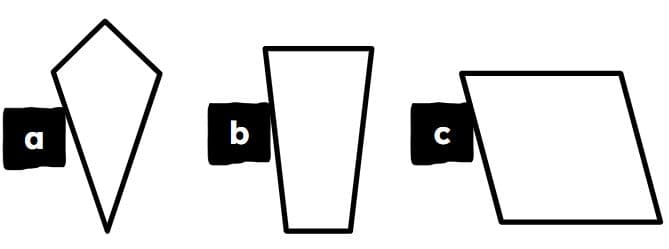
kite
trapezium
rhombus
Q2.Can a triangle and a square be congruent to each other?
Q3.What is 5 more than −3?
Q4.Match the coordinate to the quadrant where it can be found.
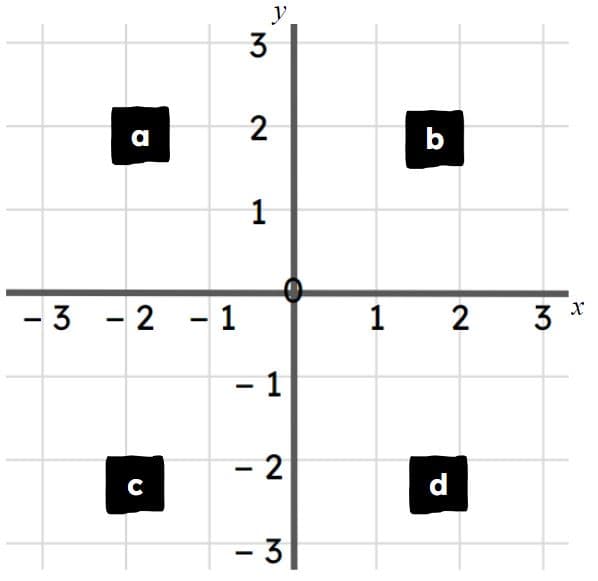
(−1,2)
(1,2)
(−1,−2)
(1,−2)
Q5.Select the correct notation for the coordinate marked on this grid.
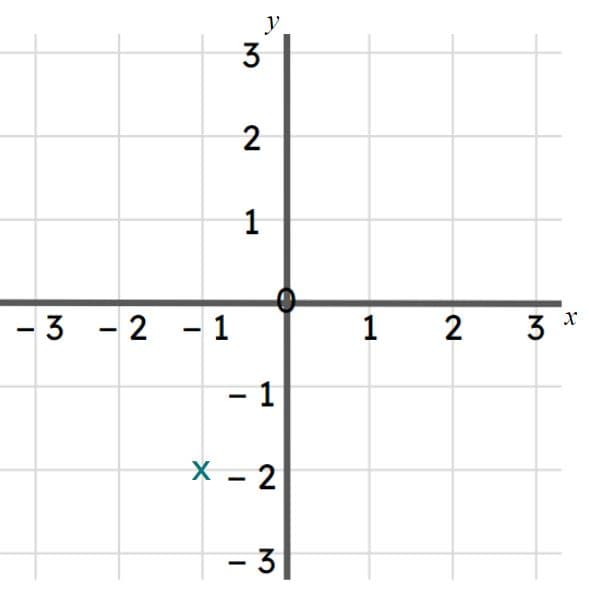
Q6.Select the correct notation for the coordinate marked on this grid.
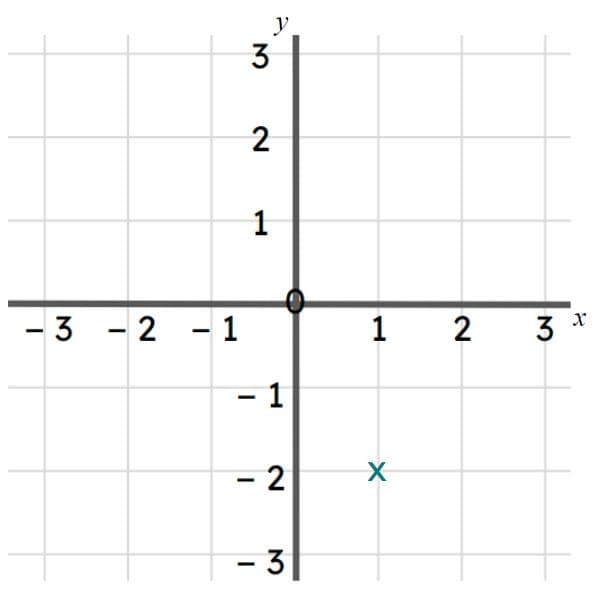
Assessment exit quiz
6 Questions
Q1.Which of these could be classed as a translation?
Q2.Describe the translation from Shape a to Shape b.
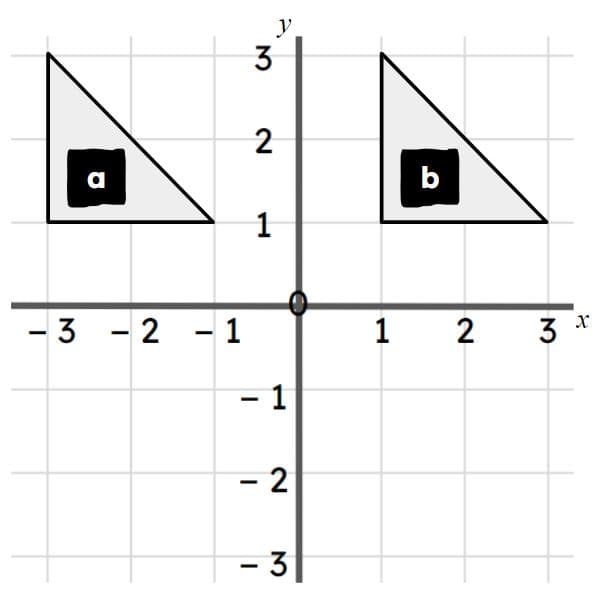
Q3.Complete: Shape b has been translated units to the left to become shape a.
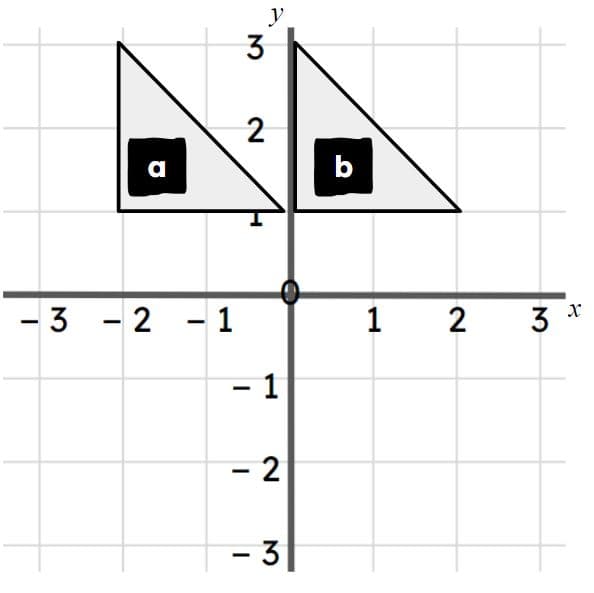
Q4.Select the correct translation from shape a to shape b.
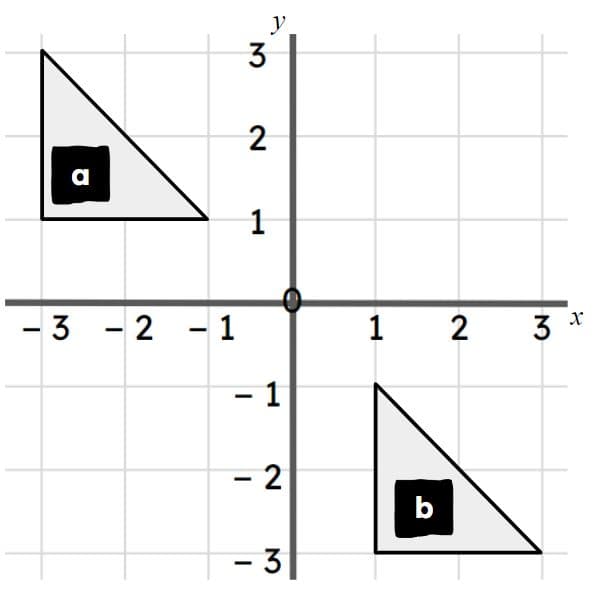
Q5.Select the correct translation from shape b to shape a.



